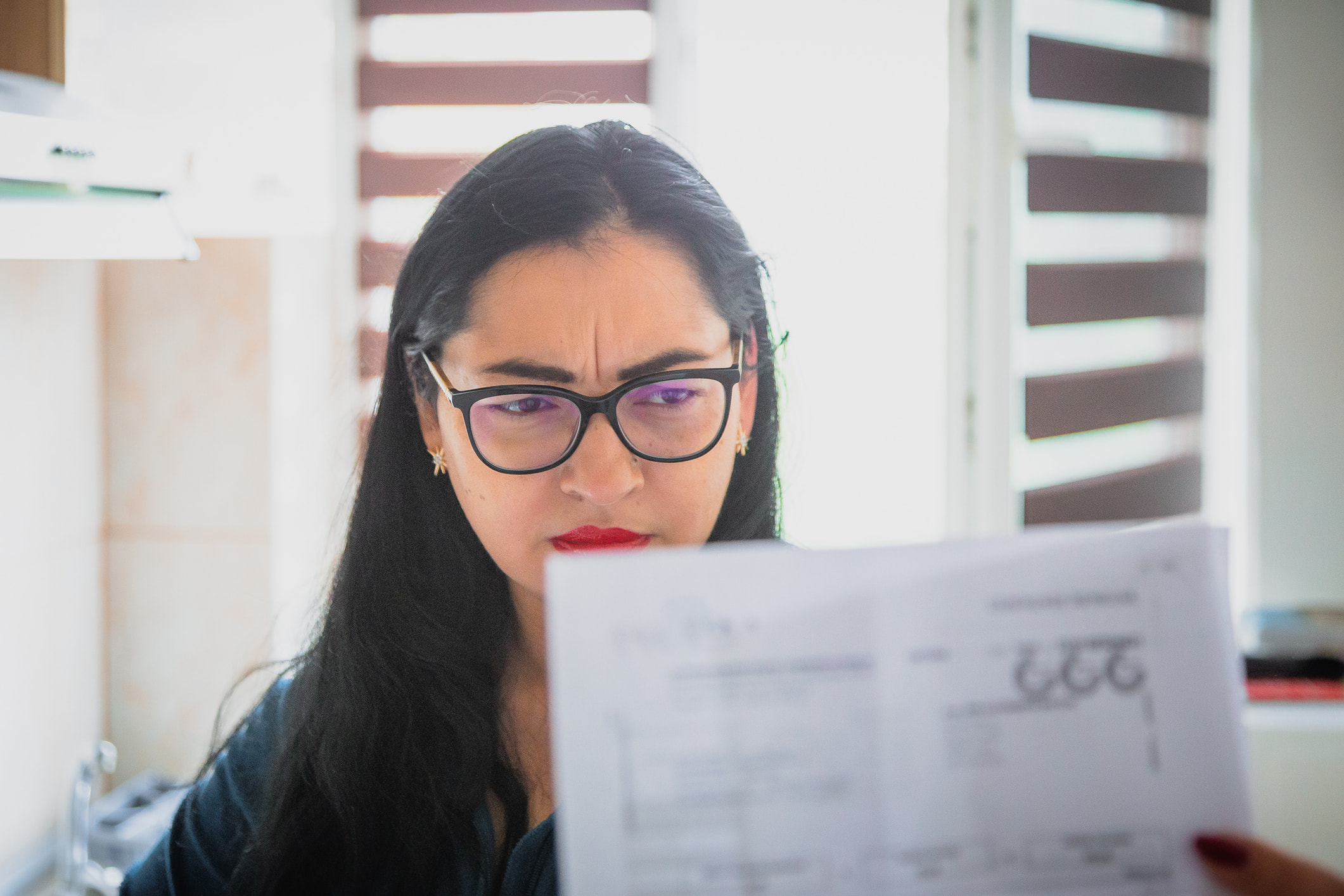Over the past few years, statistics show Americans are, on average, saving more money, with some estimates showing that an extra $1.3 trillion was put away for savings during the pandemic lockdown. Will that money stay stashed away? It's hard to tell. But having savings set aside for emergencies, large expenses, and retirement are a good idea.
However, just how much you need to save each month to meet these savings goals depends on many factors. This article breaks down how to determine your savings goals and how much you should set aside for a rainy day.
How to determine your savings goals
Before you set a savings goal, it can be helpful to know how you'll use the extra funds. Yes, you could just start putting 10% away from your paycheck every month into a savings account, but being more intentional about your savings is often a better plan.
Try making a list of things you might use your savings for. These can include:
An emergency fund, such as if your car breaks down or you need a cavity filled
Life goals funding, such as paying for a wedding, college, or a down payment on a house
Fun money, like the cash you'd need to spend a week in Hawaii on vacation
Retirement planning (because no one wants to work forever)
Notice that some of these items may happen in the near future (one year or less) and are part of your short-term financial planning goals. The other items, those happening a year or more from now, may be considered part of your long-term financial plans.
Ideally, you'll want to fund both short- and long-term projects at once, with the short-term savings placed in a more accessible place (like a savings account) and the long-term savings in a place that could possibly earn you more over time (like a high-interest-bearing retirement account).
How much can you save?
After you've made your list of savings goals, it's time to take a look at your monthly budget. How much money do you need to spend each month on essentials, like rent and groceries? Then, count up what you spend on things that are nice but not necessary, like streaming subscriptions and gym memberships. Finally, based on your monthly income, see what you have leftover each month that you can put toward savings.
What happens if you don't have any money left over? You'll need to do some financial soul-searching and improve your budget in one of two ways:
Cut costs
Make more money
Ideally, you can try to trim your expenses and earn a little more cash. This will have twice the impact and give you much more to save. Temporarily turning off your streaming subscriptions combined with selling a few vintage sweaters on Etsy can provide just the extra budget space you need to stash $100 in cash in a given month. You don't have to stop enjoying life entirely or get a second job to make a difference.
How much money should I be saving each month?
No one can tell you the exact amount to set aside each month. The dollar number will depend on several factors, including your income, budget, and personal goals. However, there are some methods you can use to help you determine your ideal monthly savings goal:
Use a savings formula
Some people choose a standard percentage savings model. There's no consensus on what savings formula is best. One common practice is the 50/30/20 rule. It states you should put 50% toward necessities, 30% toward discretionary expenses, and 20% towards savings.
If you can't afford 20%, however, any amount is better than nothing. Start with 5%, then 10%, and slowly work your way up to that 20% guideline. You can also utilize savings vehicles provided by your employer — such as a 401(k) plan — to maximize your earnings with employer matches and tax savings.
Save with the end in mind
Another savings method is to work backward from your goal amount and date. If you have a wedding coming up in two years, for example, and you know that it will cost $15,000, you have 24 months to save that amount. Simple math states that you will need to put away $625 a month to meet your goal.
Not only will this simple math exercise tell you the amount to save each month, but you can also be more realistic about the goal. (If there's no way you can save that much money each month, you'll have to adjust your wedding date to give you more time to save or cut your wedding expenses. Either way, there will be no surprises when your wedding day arrives.)
Ready to start saving?
Remember, financial goals can shift over time. If you have been saving for a need that you no longer have, just shift that money to something that matters. Effective saving is just as much about consistency as flexibility. Keep working at it each month, with the understanding that what you use that money for can — and most likely will — change.


